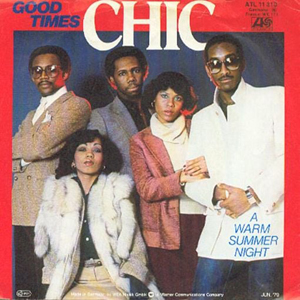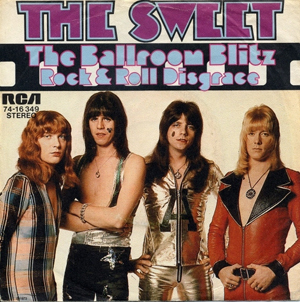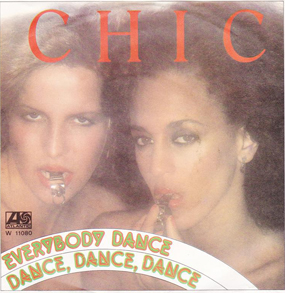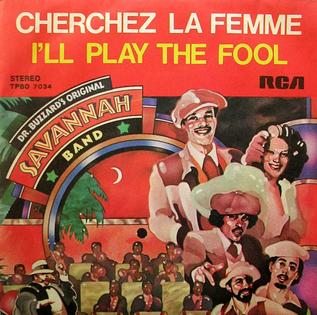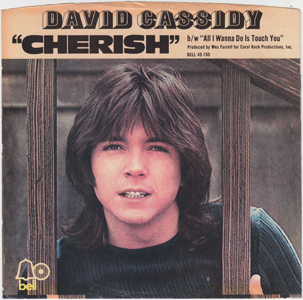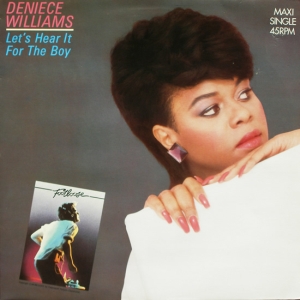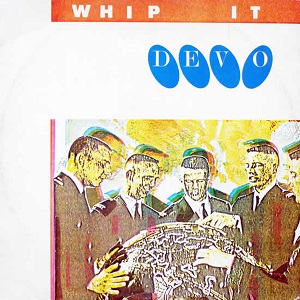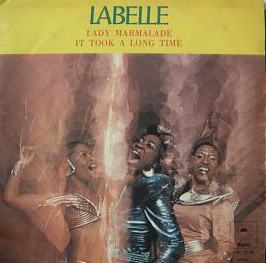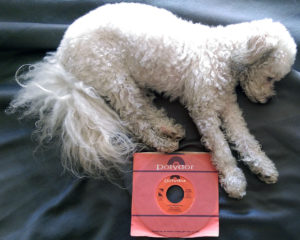“If disco had stuck around, we don’t how much less terrorism we might have in the world now.”
– Gloria Gaynor
Recently, Bono, the singer with U2, made headlines when he suggested that to fight ISIS we send comedians to entertain them, which is his stupidest idea since foisting U2’s most recent album on unsuspecting people by automatically including it in their iTunes libraries. Talk about a sneak attack!
To her credit, Gloria Gaynor didn’t go as far as suggesting we deploy KC & the Sunshine Band to the Middle East. She merely wondered aloud if more disco equals less terrorism.
She may be onto something. Case in point – I listen to a lot of disco, and I’ve never killed anyone.
Do you need more evidence? I’ve gone to many a classic disco night, and I’ve yet to witness a single beheading.
People have claimed that playing heavy metal albums backwards reveals satanic messages. You know what happens when you play a Village People album backwards? It sounds exactly the same!
To do my part in fighting terrorism, I present to you some of my favorite disco tunes of all time, with “all time” meaning the years 1975 thru 1979. To show how serious I am in this fight against evil, today’s playlist includes twenty-five songs instead of the usual twenty. You’re welcome.
Click here to like Tunes du Jour on Facebook!
Follow me on Twitter: @TunesDuJour
